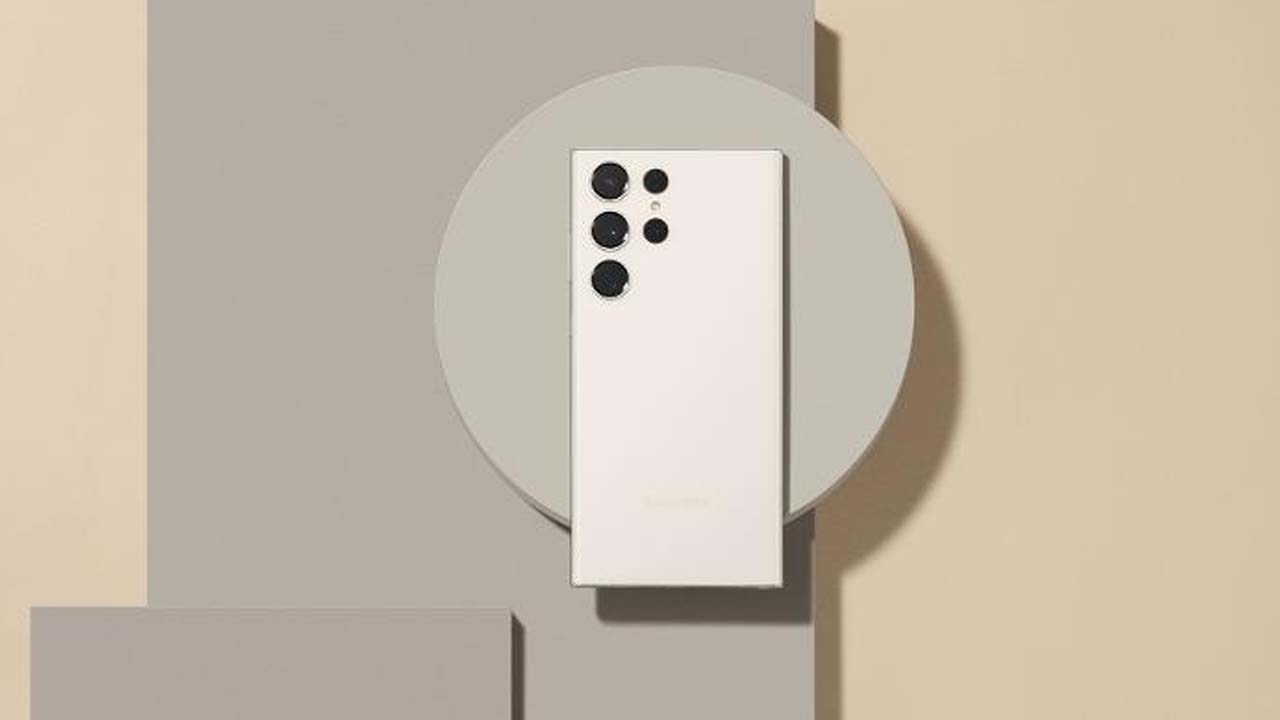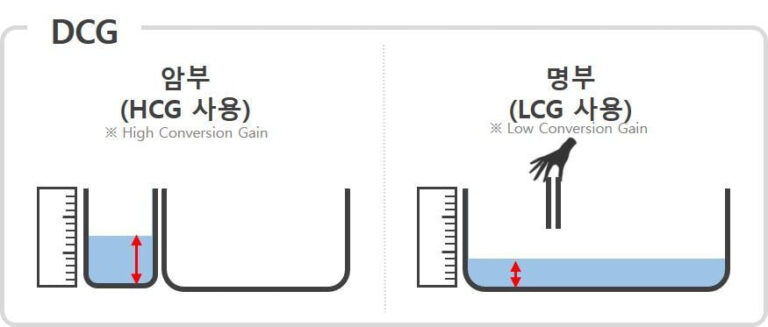Samsung’s latest flagship phones – Galaxy S23, S23+, and S23 Ultra introduce a lot of new features and technologies, such as groundbreaking photographic capabilities. The Samsung Galaxy S23 series features stand-out selfies, cinematic video with less noise even in dark conditions, Auto Exposure with HDR, detailed photos, and more.
Let’s talk about the Galaxy HDR technology implemented in the Galaxy S23 series. Before this, let us tell you what is HDR. HDR (High Dynamic Range) is a technology that expresses bright and dark areas as widely as possible.
Follow our socials → Google News, Telegram, Twitter, Facebook
When we take pictures or videos, we get images with suitable brightness through AE (Auto Exposure) operation which adjusts the exposure. However, when shooting indoors in backlit conditions or while looking out a window, bright and dark scenes coexist, resulting in images that are bright or dark depending on the scene.

Samsung Galaxy S23 HDR Technology
In Samsung Galaxy S23, the company uses the MF-HDR (Multiple Frame HDR) compositing methods. It is a technology that takes pictures of different brightness by continuously adjusting the exposure, and then extracts the video information of the bright part from the bright picture and the video information of the dark part from the dark picture, and combines them into one picture.

Since the image is created by selectively combining bright and dark object information, an image with optimal brightness is created. However, since MF-HDR captures multiple consecutive scenes, there is a lag between scenes.
It means that a moving subject is prone to ghosting when the motion vector and image overlap, so it is recommended to use it in a shooting mode where the subject moves little.
On the flip side, in motion picture mode, SF-HDR (single-frame HDR) technology is applied, and image sensor IDCG (Intrascene Dual Coverage Gain) technology is used to capture and synthesize bright and dark scenes simultaneously.

Image sensor iDCG technology generates electrons, that is, electrical signals, according to the brightness when light is incident on the photodiode of the image sensor, and the image sensor’s internal circuit (ADC: Analog Digital Converter and Logic Circuit) is used to convert the image sensor does for voltage. It goes through a process of change.
During the conversion of light into an electrical signal, electrons are placed in a cup called FD (Floating Diffusion) to measure the number of electrons. Determine a specific ratio based on the capacity of the cup and convert it to a voltage signal.
In the case of existing sensors, the capacity of the cup is limited to one, so it is difficult to take great pictures in environments with frequent changes in light and dark.
If the cup potential is large in a dark environment, it will be difficult to clearly express the dark part because the small light information cannot be converted into a sufficient voltage. It’s hard to articulate the bright parts well.
iDCG technology converts the existing one cup into two cups of different capacities, selects the smaller cup in a dark environment, selects the larger cup in a bright environment, measures twice, synthesizes in real-time, and HDR improves the performance of the image.

In the case of SF-HDR using 1 exposure, it is better for shooting moving images than MF-HDR using 2 exposures because of the sharpness of the subject’s movement. In addition to this, the company is preparing to bring HDR performance closer to the human eye through camera image sensors and ISP technology.
// Source


Leave a Reply